ASK A SHORTLISTER: What are you reading?

We asked the poets shortlisted for our 2019 Book Awards some questions about their writing lives, inspirations and -of course – poetry. Join us for our weekly series Ask a Shortlister until the winners are announced on June 8, 2019.
***
What are you reading?
Tanis Franco: Obabakoak by Bernardo Atxaga; Days by Moonlight by André Alexis; The New Testament by Jericho Brown; The Blue Clerk by Dionne Brand; Port of Being by Shazia Hafiz Ramji; Felicity by Mary Oliver.
Jenny Haysom: As usual, I have a few books on the go. A couple of these are books by my peers on the Lampert longlist. Jason Stefanik’s Night Became Years is a rich and astonishing mash-up, detailed portraits of various down-and-out characters––an Elizabethan canting crew––in Winnipeg’s north end. The beautiful and lively music of these poems is married with real technical accomplishment. This is one of the most brilliant and original poetry collections I’ve read in a while. Another book on the list is Mikko Harvey’s Unstable Neighbourhood Rabbit. In contrast, Harvey’s style is spartan, plainspoken, but surreal. Some of these poems are downright weird (in the very best sense, of course), and one in particular––“Bird Call Association”––keeps luring me back. What does it mean? My rational mind keeps trying to “make sense” of a poem that reads a bit like an allegory or a fable––one with a message. Is this some sort of take on Twitter, I wonder? Is Harvey trying to say something about the dangers of groupthink? Or is this simply absurdist play, a poem that––by virtue of arising from the semiconscious––somehow reflects the world we live in?
The last novel I read was Claire Messud’s The Burning Girl, which is a timeless coming-of-age story. This book is beautifully and carefully written, filled with long, lyrical passages that describe the dawning awareness of a particular young woman, and perhaps all young women––a growing sense of vulnerability and aloneness in the world.
Lastly, I’m almost finished reading Matthew Zapruder’s Why Poetry? which is really a series of personal essays on the love of poetry, our most unloved genre. Whether you’re new to poetry, or an old hand, this is a hugely enjoyable read that’s filled with compelling ideas and interpretations. While I’m not in total agreement with Zapruder on all points, I delight in his enthusiasm and humanity. Furthermore, he’s had me reflect on my own work more critically; because of this book––and its advocacy of a freer aesthetic, where loose associations, rather than words, ‘rhyme’––I’ve decided to take some risks.
David Martin: There are a number of interesting books that I’ve had on the go for the past while. I really enjoyed Deaf Republic by Ilya Kaminsky, I’ve made my way (with pleasure) through a good chunk of Louis MacNeice’s Collected Poems, and I’ve just started with Lucas Crawford’s Scavenger Hunt on the High Line, Layli Long Soldier’s Whereas, and Amy Hempel’s Sing to It.
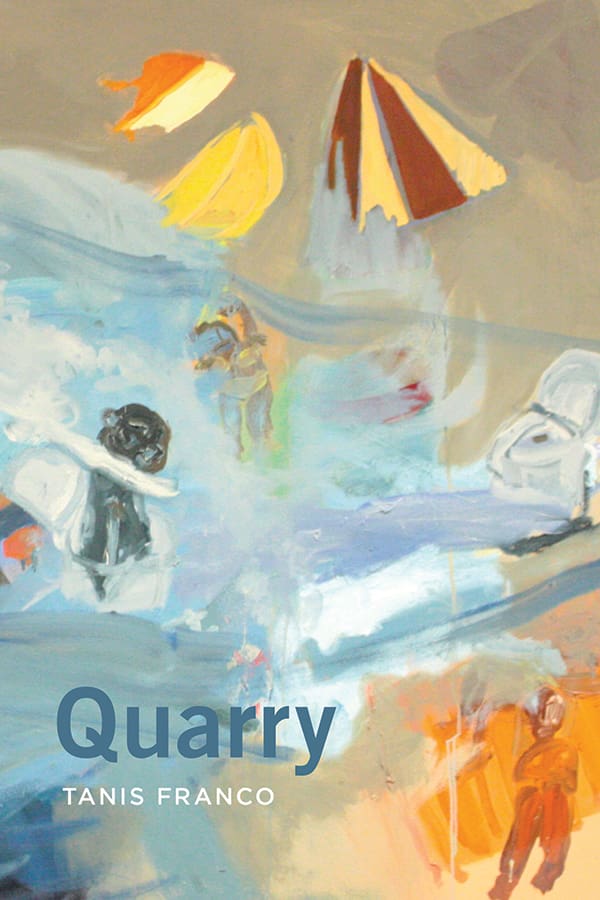
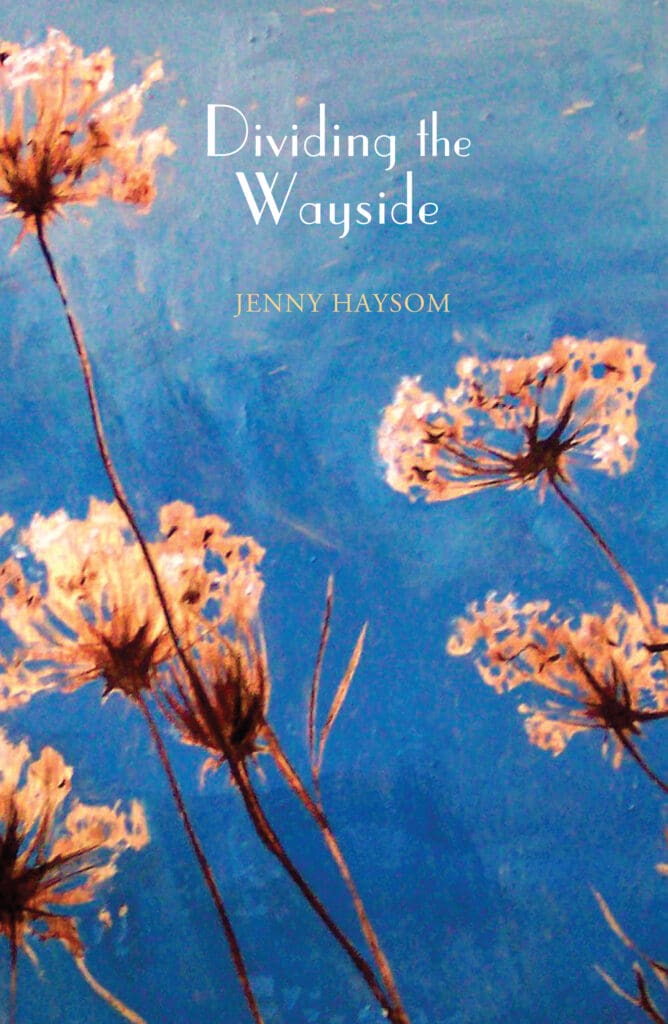
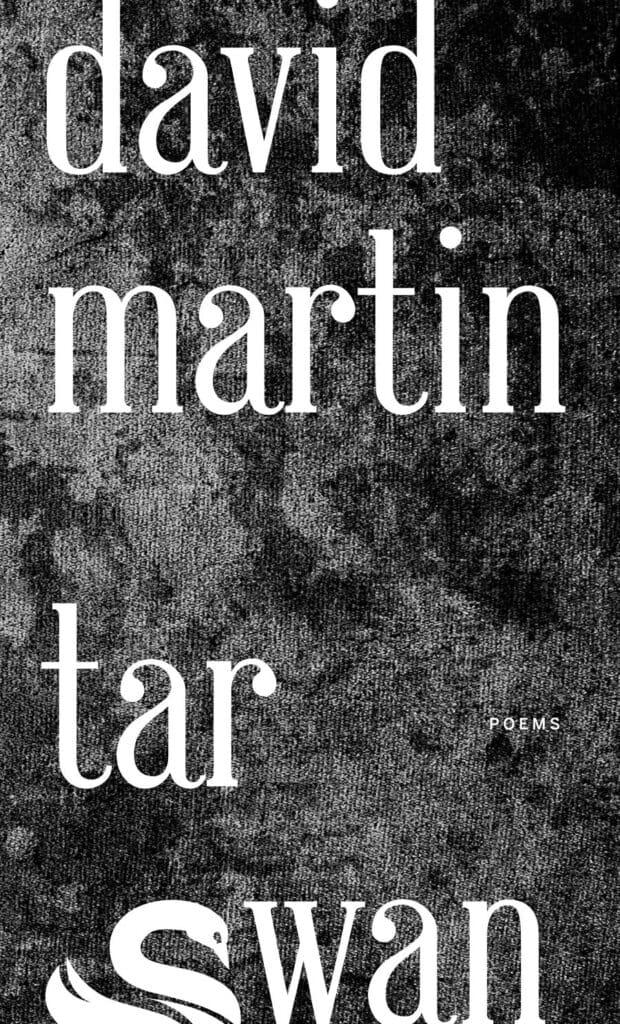
Jim Nason: I’m reading Helen Humphreys’ The Evening Chorus and Carl Phillips’ Reconnaissance. I recently read Anthony Doerr’s All The Light We Cannot See, which is absolutely brilliant!
Kim Trainor: I usually am reading (or rereading) a lot of books intermittently. Just now: Timothy Morton, Dark Ecology (2nd attempt); Iain McGilchrist, The Master and His Emissary: The Divided Brain and the Making of the Western World (2nd reading); Jennifer Still, Comma (3rd reading; I really admire this book); Richard Holmes’ Shelley: The Pursuit (I’ve been reading this one for years now—I’ll get there in the end!); Desert (anonymous anarchist manifesto circa 2011); Jonathan Culler, Theory of the Lyric (sort of stuck half way through); Jane Bennett, Vibrant Matter (thinking about assemblages); Graham Harman’s Object-Oriented Ontology (one of those lovely turquoise Pelican books which is actually still a pocket book, so I can read on the Skytrain one-handed, and as a bonus it has a cherry red Lego cube on the cover).
Jennifer Zilm: I’ve always been a fan of the chance reading encounter. So when I was a teenager and had no money a lot of my book buying choices would be determined by what was at the Salvation Army or the library discard shelf. I used to think of this as “the holy spirit paperback encounter.” Now I work in public libraries and I get to weed books and add to the discard shelves myself! I recently almost discarded a large beautiful coffee table book about elephants. I flipped open to this section about a circus elephant crying and then looked up animal mourning on Wikipedia where there was the subheading “Early Research Into Animal Grief.” I loved that phrase and reread the children’s book The Story of Babar: his mother gets shot on page two!
I have a line in the final poem of my first book about learning to speak about colour. So I’ve been trying to do that. I started with children’s books and now I’m reading Michel Pastoreau’s books on histories of individual color and Carol Mavor’s Blue Mythologies. I’ve also been going into drug stores and taking inventories of lipstick shades. I’ve recently read Mary Ruefle Madness, Rack and Honey. Sometimes in the morning before work I’ll go into the non-fiction storage and just pull books of poetry from the Dewey 800 class: I recently found Pat Lowther’s last book (in its first run) which was very nice.
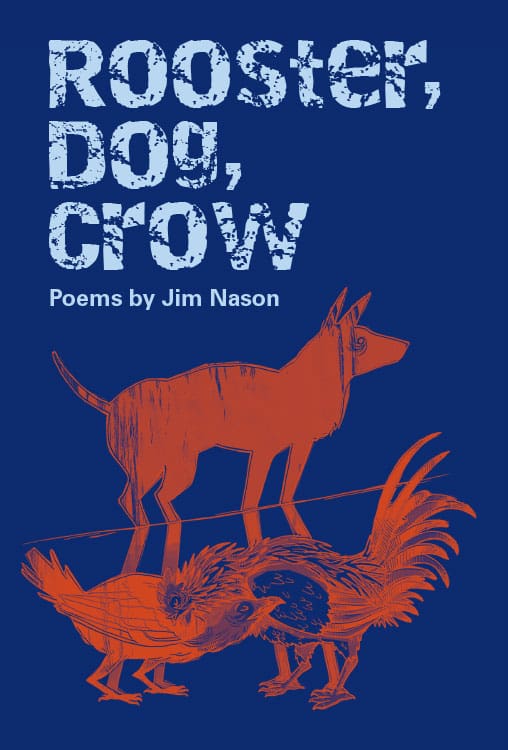
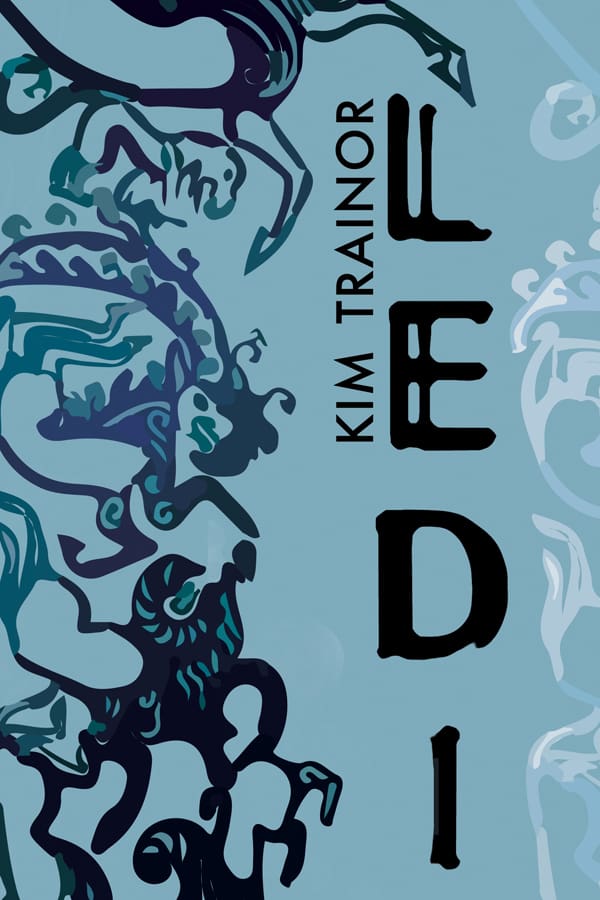
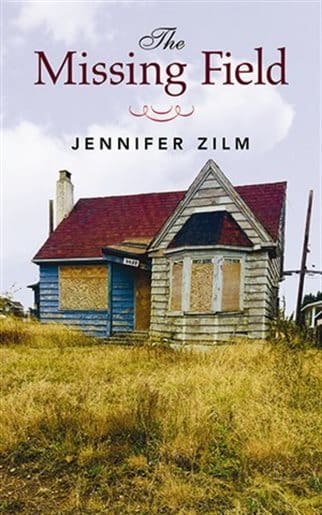
***
Hear more from our 2019 Shortlisters here.
